
Organizations of all sizes and industries are facing the challenge of implementing a safety-first approach to compliance and data security. In today’s diverse work environments—deskless, field, remote, hybrid, and traditional office-based teams—the importance of maintaining compliance and robust data security is critical for ensuring workforce safety and protecting business reputation.
Navigating Complexities in the Modern Workforce
With more companies embracing flexible work models, maintaining safety standards and securing data have become more complex. Each work environment presents unique challenges that require tailored approaches.
Deskless and Field Workers
Deskless and field workers are often frontline employees in industries like healthcare, construction, utilities, and logistics. These workers rely heavily on mobile devices, which pose security risks if not managed properly.
- Compliance Training: Workers must receive up-to-date training on regulatory protocols, such as OSHA or HIPAA standards.
- Mobile Device Security: Enforce encryption, secure password protocols, and remote wipe capabilities for both personal and company-owned devices to protect sensitive data.
Remote Workers
Remote teams enjoy the flexibility of working from anywhere, but this introduces risks related to data privacy, cybersecurity, and compliance.
- Clear Compliance Guidelines: Set protocols for data storage, transfer, and access, especially with GDPR or HIPAA regulations.
- Cybersecurity Measures: Use Virtual Private Networks (VPNs), two-factor authentication, and provide regular training to help employees recognize phishing attacks and other threats.
Hybrid Workforces
Hybrid employees split their time between home and the office, adding complexity to safety and security.
- Consistent Security: Ensure employees have access to the same security measures, whether in the office or at home.
- Advanced Security Posture: Implement endpoint protection software and company-wide data backup procedures to safeguard data.
Office Workers
Though office environments offer centralized control, they are not immune to security risks.
- Compliance Training: Update office-based employees on regulatory changes and security protocols.
- Network Protection: Utilize firewalls and access controls to safeguard sensitive information and ensure compliance.
Key Strategies for a Safety-First Approach
- Regular Compliance Training: Tailor training to the specific work context, from deskless teams to remote workers, with updates on regulatory changes and security protocols.
- Enforce Data Security Protocols: Implement VPNs, endpoint security, encryption, and multi-factor authentication to protect data across all work environments.
- Safety Audits and Assessments: Conduct regular audits and assessments to track compliance in real-time and identify security vulnerabilities.
- Technology Integration: Use centralized workforce management solutions to automate safety alerts, manage device security, and track compliance data across different environments.
Safety-First Workforce Management with TeamWherx®
As workplaces become more decentralized, adopting a safety-first mindset is essential. TeamWherx® offers a mobile workforce management solution tailored to deskless, field, remote, hybrid, and office workers. With features like GPS tracking, secure wireless forms, and real-time data monitoring, TeamWherx® helps increase productivity while identifying potential security risks.
Whether ensuring OSHA compliance for field workers or maintaining data security for remote teams, a comprehensive safety-first approach is vital for protecting employees and organizational assets in today’s dynamic work environment.
Share this post:
About the author : Actsoft Team
Actsoft’s team of industry experts have their fingers on the business world’s pulse. It’s our mission to deliver the latest news to keep you and your leaders on top of the latest trends, further helping you to excel and exceed your goals.














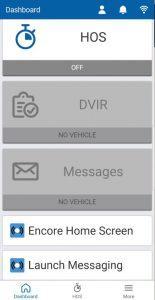
 Encore & Geotab Drive
Encore & Geotab Drive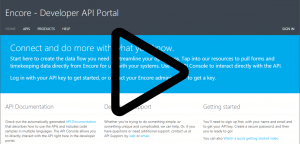
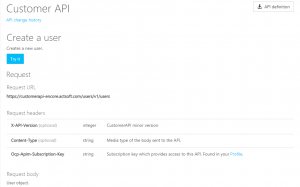
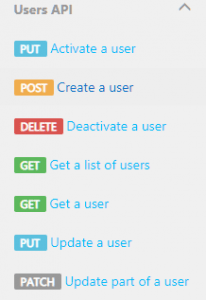

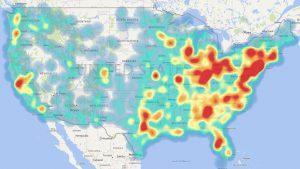
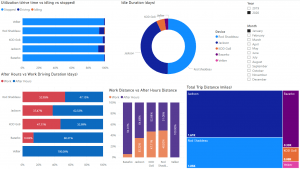
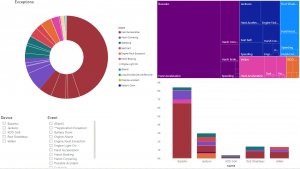

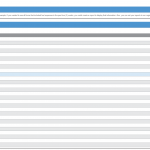
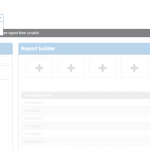
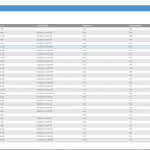
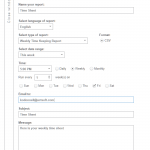




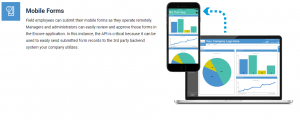
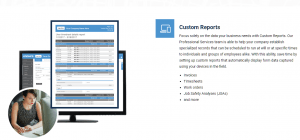
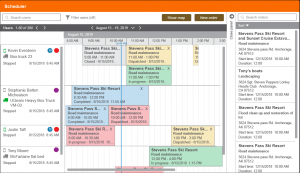
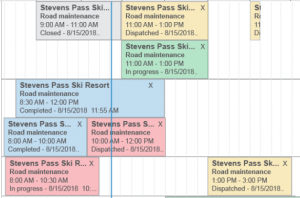
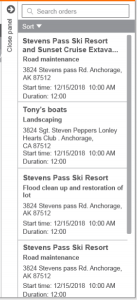


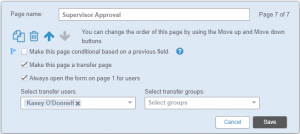
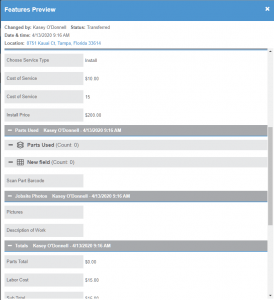
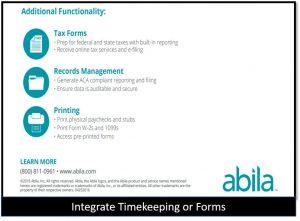
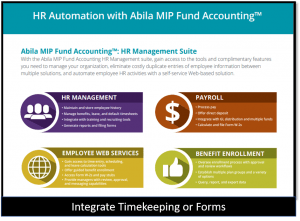

 Gain even greater insight into the daily activities of your fleet using the combination of Geotab and Actsoft. Geotab devices provide detailed data collection and seamless integration with our solutions; learn more about the ways your vehicles are being used daily with the power of this tandem.
Gain even greater insight into the daily activities of your fleet using the combination of Geotab and Actsoft. Geotab devices provide detailed data collection and seamless integration with our solutions; learn more about the ways your vehicles are being used daily with the power of this tandem.



 Actsoft partnered with Odin to provide our solutions overseas, through payment processing integrations. Odin helps us support user management for our software; customers can also purchase our products through Odin’s billing platform.
Actsoft partnered with Odin to provide our solutions overseas, through payment processing integrations. Odin helps us support user management for our software; customers can also purchase our products through Odin’s billing platform.

 VisTracks powers our Electronic Logging Device (ELD) solution, which enables transportation businesses to easily automate their hours of service logs, remain in governmental compliance, and reduce their potential to incur costly fines.
VisTracks powers our Electronic Logging Device (ELD) solution, which enables transportation businesses to easily automate their hours of service logs, remain in governmental compliance, and reduce their potential to incur costly fines. Integration between Actsoft solutions and BeWhere’s software products is available. Take your team’s asset tracking, cellular data connectivity, and field insight a step further with effective, cross-application compatibility.
Integration between Actsoft solutions and BeWhere’s software products is available. Take your team’s asset tracking, cellular data connectivity, and field insight a step further with effective, cross-application compatibility.
 CalAmp tracking devices for vehicles and assets alike are compatible with Actsoft solutions, making it easy for you to efficiently monitor your equipment and fleet cars. Help your team enhance accountability, safety, and savings through a combination of easily installed hardware and intuitive software.
CalAmp tracking devices for vehicles and assets alike are compatible with Actsoft solutions, making it easy for you to efficiently monitor your equipment and fleet cars. Help your team enhance accountability, safety, and savings through a combination of easily installed hardware and intuitive software. Our partnership with Uniden is ideal for companies looking to gain advanced diagnostics on their fleets. Uniden’s extensive product listing of car electronics like radios, dash cams, radar detectors, and in-vehicle communicators work in concert with Actsoft’s solutions to better connect your vehicles to the company headquarters.
Our partnership with Uniden is ideal for companies looking to gain advanced diagnostics on their fleets. Uniden’s extensive product listing of car electronics like radios, dash cams, radar detectors, and in-vehicle communicators work in concert with Actsoft’s solutions to better connect your vehicles to the company headquarters. Kyocera offers a wide range of mobile devices, ranging in design from traditional phones to ultra-durable handset technology. Actsoft is able to equip organizations in a variety of different industries with solutions for improved business, while Kyocera supplies the technology they can flawlessly operate on.
Kyocera offers a wide range of mobile devices, ranging in design from traditional phones to ultra-durable handset technology. Actsoft is able to equip organizations in a variety of different industries with solutions for improved business, while Kyocera supplies the technology they can flawlessly operate on.

 Our software is the perfect complement to Apple’s user-friendly technology. Equip your workforce with the devices and solutions it needs for optimized productivity during daily operations with Apple and Actsoft.
Our software is the perfect complement to Apple’s user-friendly technology. Equip your workforce with the devices and solutions it needs for optimized productivity during daily operations with Apple and Actsoft.
 Actsoft and Sanyo teamed up to merge intuitive business management software with the technology of today. This partnership allows us to provide you with all the tools your team needs for improved workflows, better coordination, and optimized productivity.
Actsoft and Sanyo teamed up to merge intuitive business management software with the technology of today. This partnership allows us to provide you with all the tools your team needs for improved workflows, better coordination, and optimized productivity. Motorola’s mobile technology works in tandem with our solutions to provide extra versatility to your business practices. Coupled with our software’s features, Motorola’s reliable devices make connecting your workforce simpler than ever to do.
Motorola’s mobile technology works in tandem with our solutions to provide extra versatility to your business practices. Coupled with our software’s features, Motorola’s reliable devices make connecting your workforce simpler than ever to do. We’re able to bundle certain solutions of ours (including our Electronic Visit Verification options) with Samsung devices to help your team achieve as much functionality as possible, while keeping rates affordable. Use these combinations for accurate recordkeeping, improved communication, and smarter data collection in the field.
We’re able to bundle certain solutions of ours (including our Electronic Visit Verification options) with Samsung devices to help your team achieve as much functionality as possible, while keeping rates affordable. Use these combinations for accurate recordkeeping, improved communication, and smarter data collection in the field.